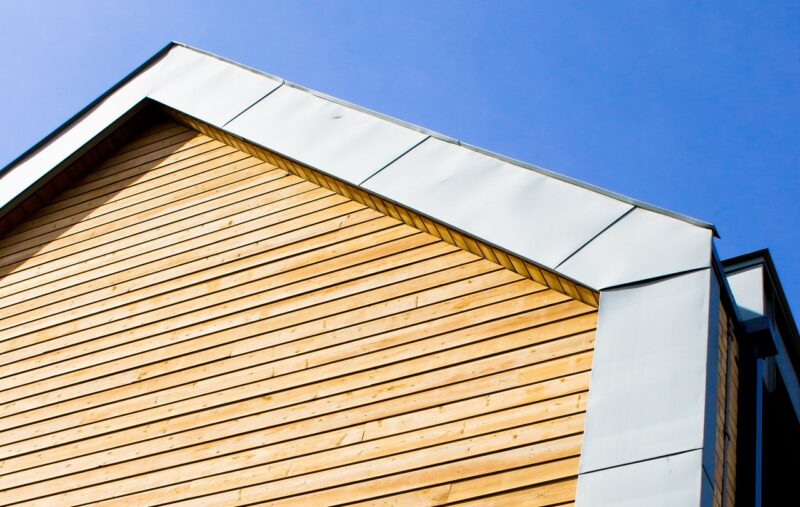Published: 14/02/24 By: Mike Bekin
Timber cladding has been used to add warmth and character to buildings for centuries, bringing natural insulation and rustic charm to any design. But the beauty of your cladding will only ever be as good as the planning you put into it. With that in mind, we wanted to draw your attention to what to consider when detailing timber cladding, and how your choices can affect the look and longevity of your structure. Let’s jump in!
Choose the Right Timber
Detailing your timber cladding starts with choosing the right species of timber. We recommend choosing a durability class 1 timber which is naturally resistant to external factors, such as water damage, rot and insect infestation. It is also smart to look for natural stability in your wood, with stable species being less prone to swelling, shrinking and warping after installation.
Some of our favourite timber species for external cladding include:
We also supply pre-treated and modified timbers, which enhance the natural properties of different timber species without the use of harmful chemicals. ThermoWood, for example, uses heat to create tougher, more stable wood with better longevity.
Cladding Moisture Management
If you have ever seen dark water damage moving from the bottom up on timber-clad buildings, you are not alone. Typically, the edges of your timber boards are going to be the most likely places to be exposed to moisture build-up, and those closest to the ground will have the harshest conditions.
When planning your timber cladding, therefore, it is crucial to create good ventilation throughout, and not squeeze the boards together, to the walls and especially to the ground. For the edge of your cladding closest to the ground, leave a clearance of at least 200mm to avoid any contact with pooling or splashing water.
To improve the performance and longevity of your edge boards, you can also add an end sealer to the end grain. This is a waxy layer which repels water, stopping it from soaking into the timber.
Optimise Your Flashings
Of course, water does not just enter from the ground up. Your flashings are designed to prevent moisture from soaking into the timber from above, including beneath your guttering and window frames where water can pool and drip. For vertical cladding boards, parapet flashing is a must to improve the longevity of your timber, and should have a slight angle which directs water away from your timber boards.
Choose the Right Fittings and Fixtures
Selecting the appropriate fittings, fixtures and screws is a must for long-lasting cladding. Opt for corrosion-resistant materials which will not corrode or cause staining to the surrounding timber, including:
- Stainless steel
- High-performance coated steel
- Hot-dipped galvanised steel
It is also important that your screws do not split the timber. Pre-drilling holes and using timber battens can help avoid this, making it simple to attach your boards to your walls.
For more details, check out the TDCA.
Maintaining Your Timber
Although the tough sustainable timber cladding boards we supply do not need to be pre-treated, a little bit of maintenance can help them last longer. For example, there are protective coatings you can add to maintain the natural colour of your wood, and which also offer UV protection, and others, such as moisture-resistant oils and waxes, which add to the durability of your timber. Every year or so, check over the timber for any cracks or splitting, taking action as soon as you see wear to prevent small issues from becoming big problems.
FSC-Certified Timber Cladding Boards at EcoChoice
At EcoChoice, we stock FSC-certified timber cladding boards in a wide range of durable species. To learn more or start an order, get in touch with our team today.
Tags: detailing, timber cladding
Categories: Insights
